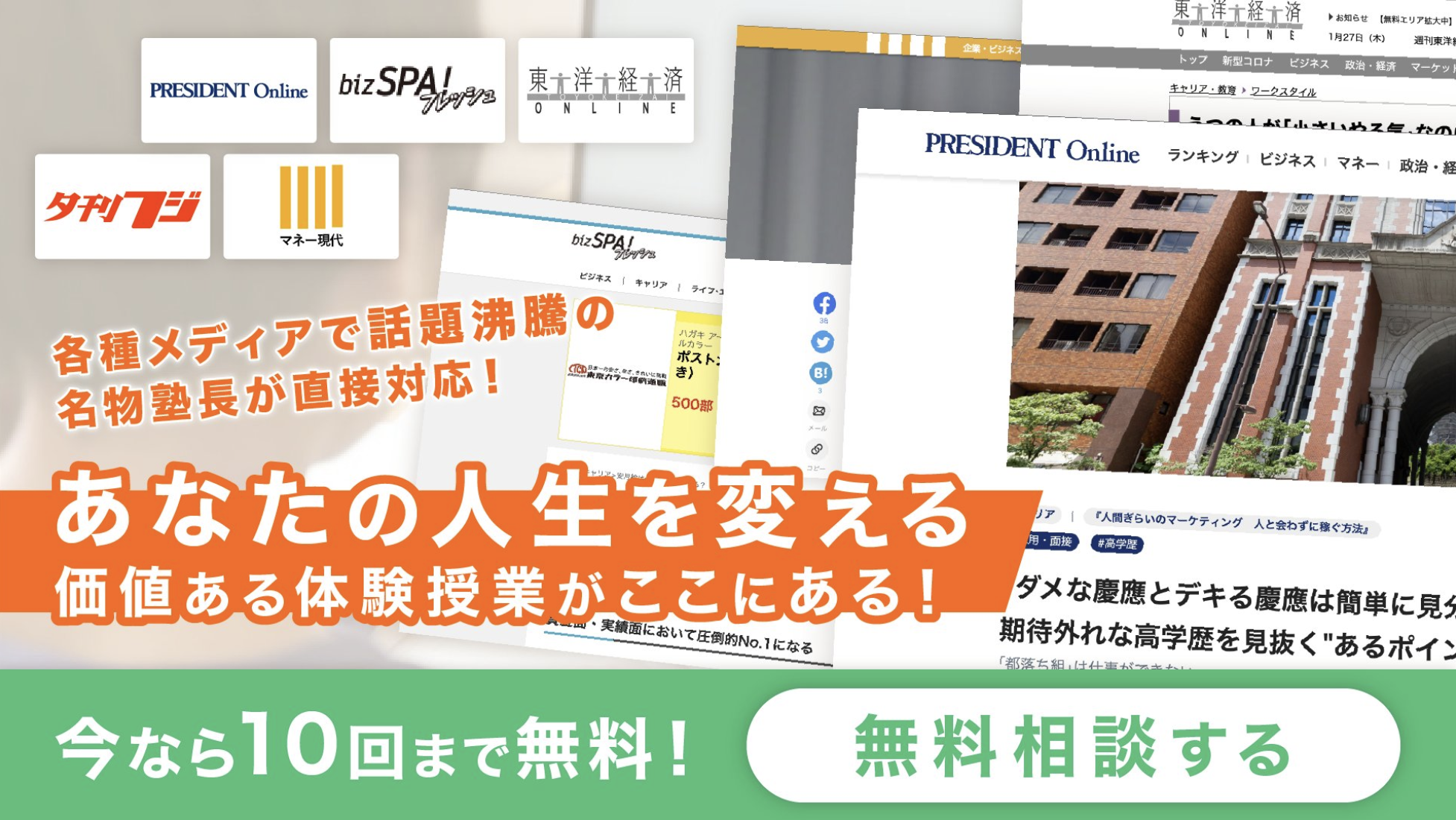慶應義塾大学 経済学部 PEARL入試 志望理由書 提出例(藤田 康範先生ゼミ向け)
Dr. Yasunori Fujita
Professor
Department of Economics, Economic Theories and Policies
Keio University
Dear Professor Fujita,
I am writing this letter to explain my motivation behind application for Department of Economics at Keio University, specializing in Economic Theories and related studies. As we are exposed to more information than ever, the need for us to truly understand and process them only get bigger. I have read a number of your published work which I was very intrigued by. I hope I am able to elaborate on area of studies that can be a research subject in your seminar, and I would be more than grateful if you could kindly give this a consideration.
Introduction
Japan has experienced an even growing economic inequality in the last decade, due to exposure to various kinds of investment, working styles, division between high-level and service jobs and else. According to OECD report, inequality hurts economic growth. Finds OECD research in 2015, reducing income inequality would boost economic growth, and countries where income inequality is decreasing grow faster than those with rising inequality. Nonetheless, China’s developing wealth continue to luxury goods consumption and feeds brands with opportunities to explore products offered at different price points. In this case, is division in wealth really a bad thing to the national wealth and economy?
Facts
The luxury industry as tracked by Bain encompasses both luxury goods and experiences which comprises nine segments, including luxury cars, luxury hospitality and personal luxury goods, which together account for more than 80% of the total market. Overall, the luxury market grew 5% in 2018, to an estimated €1.2 trillion globally, with positive performance across most segments. Worldwide, the personal luxury goods market experienced growth across most regions. Europe remained the top region for sales, followed by the Americas, Asia (including mainland China), Japan and the rest of the world.
Findings
To give it a perspective, the Worldbank claims that the growth in global GDP from 2011 to 2016 meets an average rate of 2.70%. If we compare the growth of personal luxury goods and clothing consumption from that period it adds up to be 4.50%. Meaning, with the 2.70% average growth in global income, we clearly see something happening, each year we are more than proportionately increasing the amount of money we spend on clothing. Many researchers suspect this is because of income inequality and people are compelled to buy more and more to join the upper class.
Conclusion
The world seems like it’s cluttered with problems and the news tell us another economic crisis is on its way, inequalities aren’t great but it may be providing the market for brands to produce at different price points that stimulates industries as a whole. With international economic dependence, understanding consumption and economic activities worldwide is extremely important. I assume this can be an addition to a number of researches conducted in your seminar and I would love to take part. Thank you very much for taking the time to read and I look forward to hearing from you soon on this matter.
Thank you and best regards,
*‘A new Look at Fashion Brand Management-product switching strategies in the face of imitation,’ forthcoming in Research Journal of Textile and Apparel/Yasunori Fujita (2008)*Luxury Goods vs. Necessity Goods: Which Goods Contribute to Enhancement of the National Wealth?
藤田 康範, International Journal of Research 2018






コメントを残す